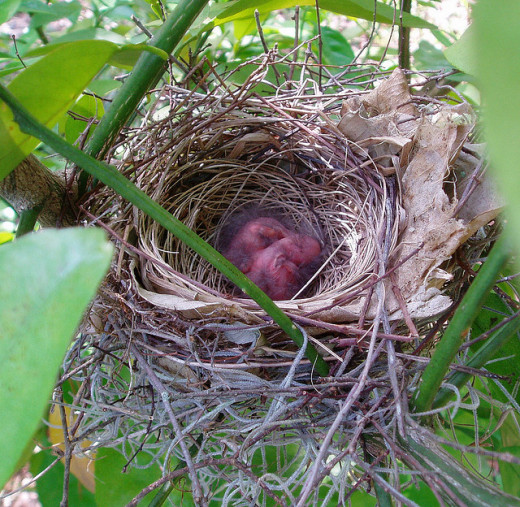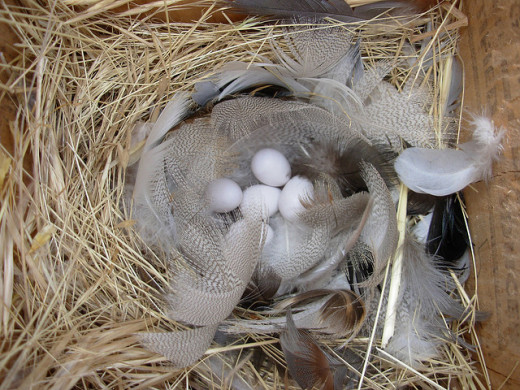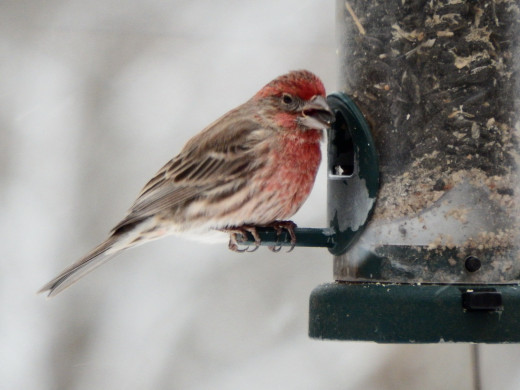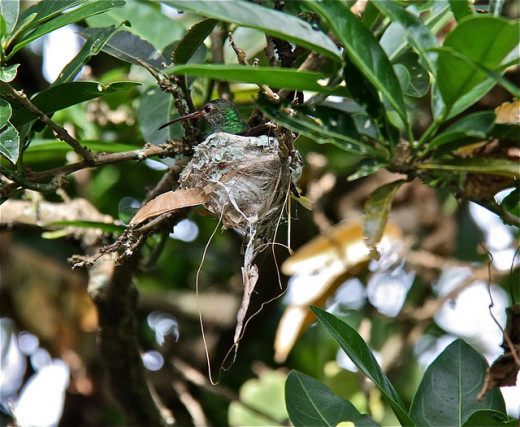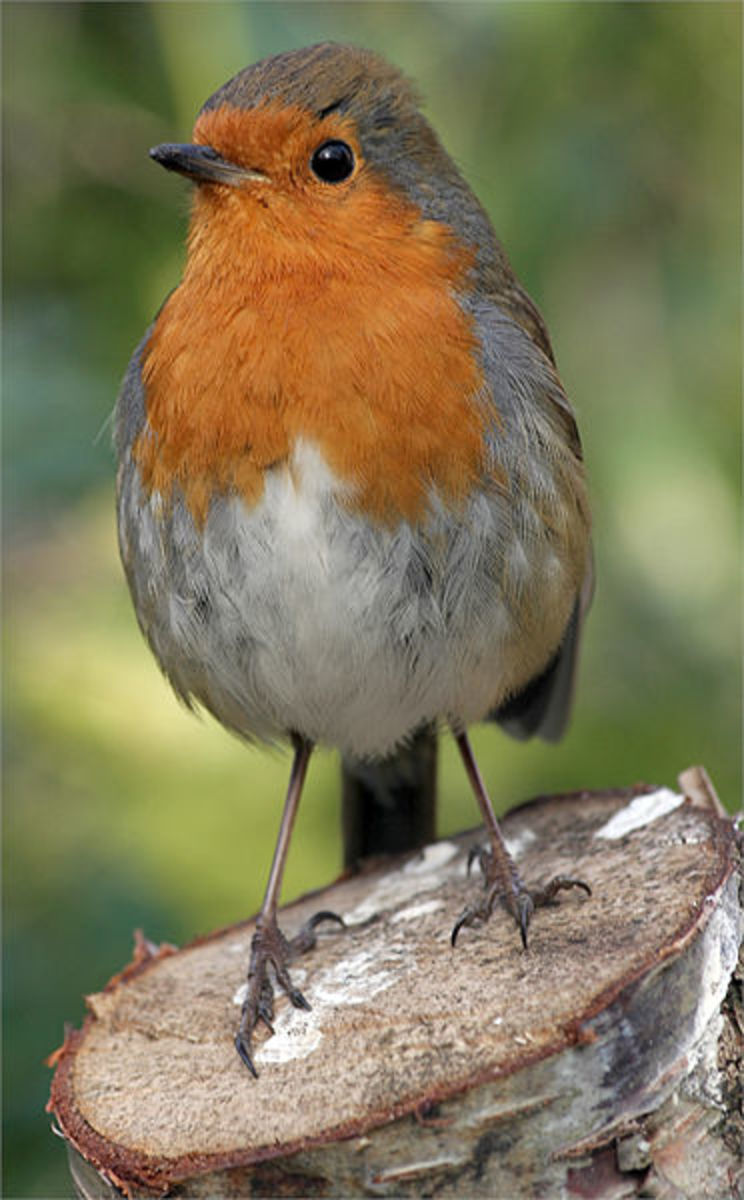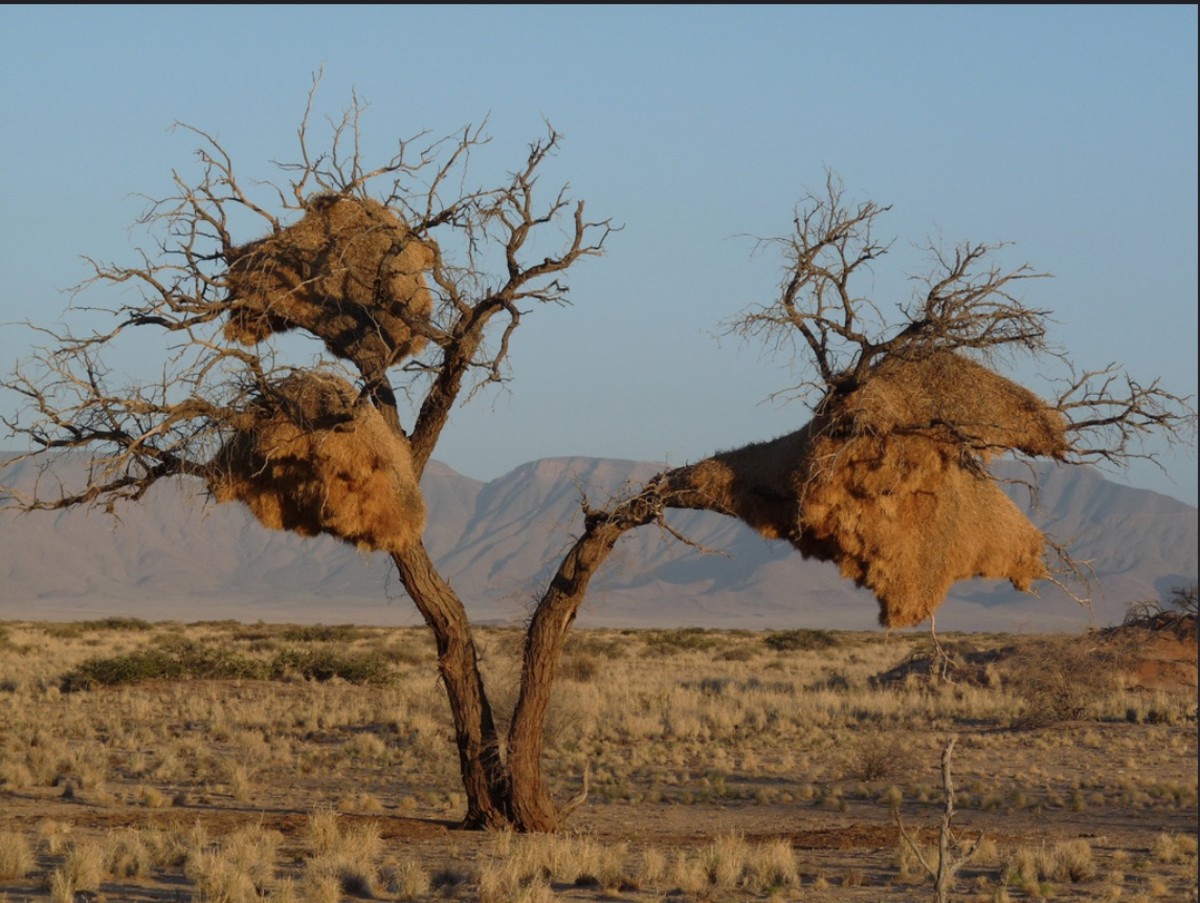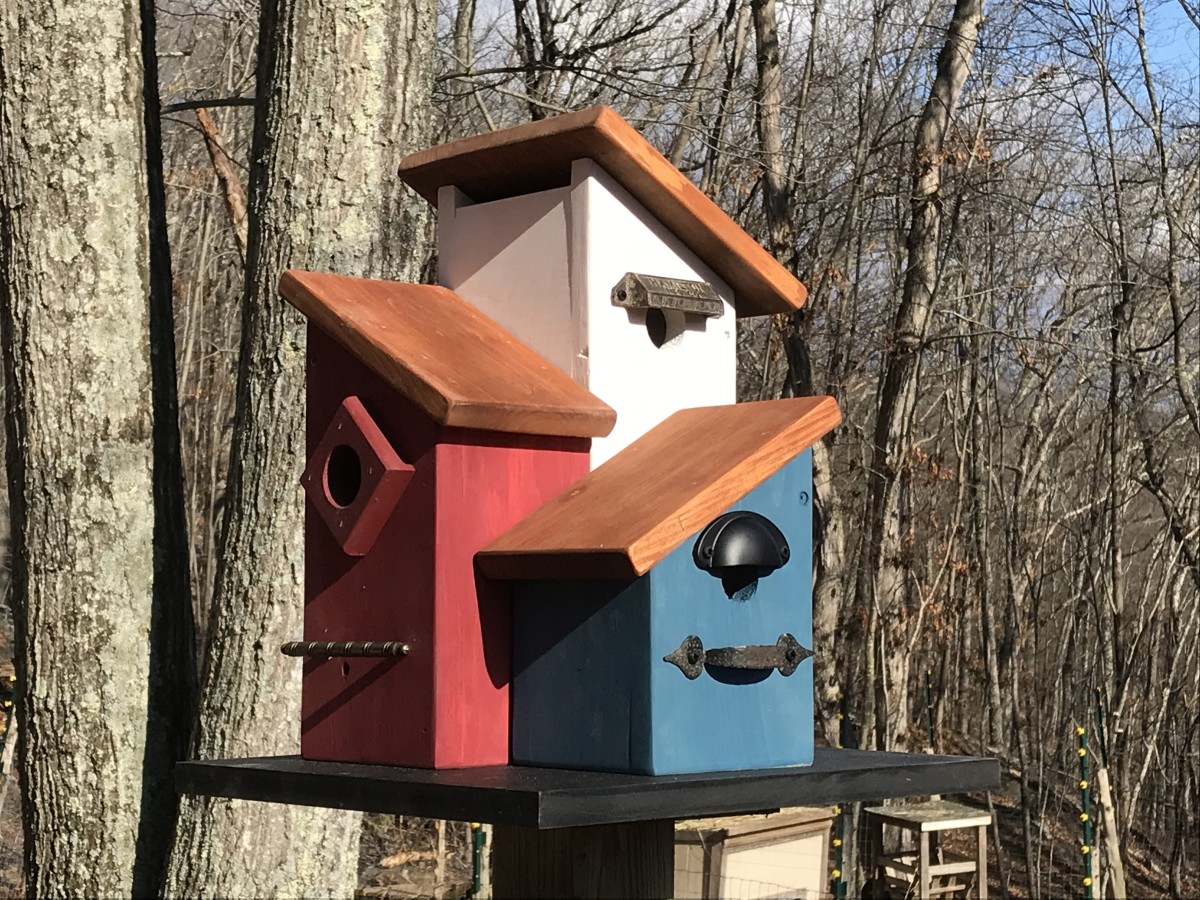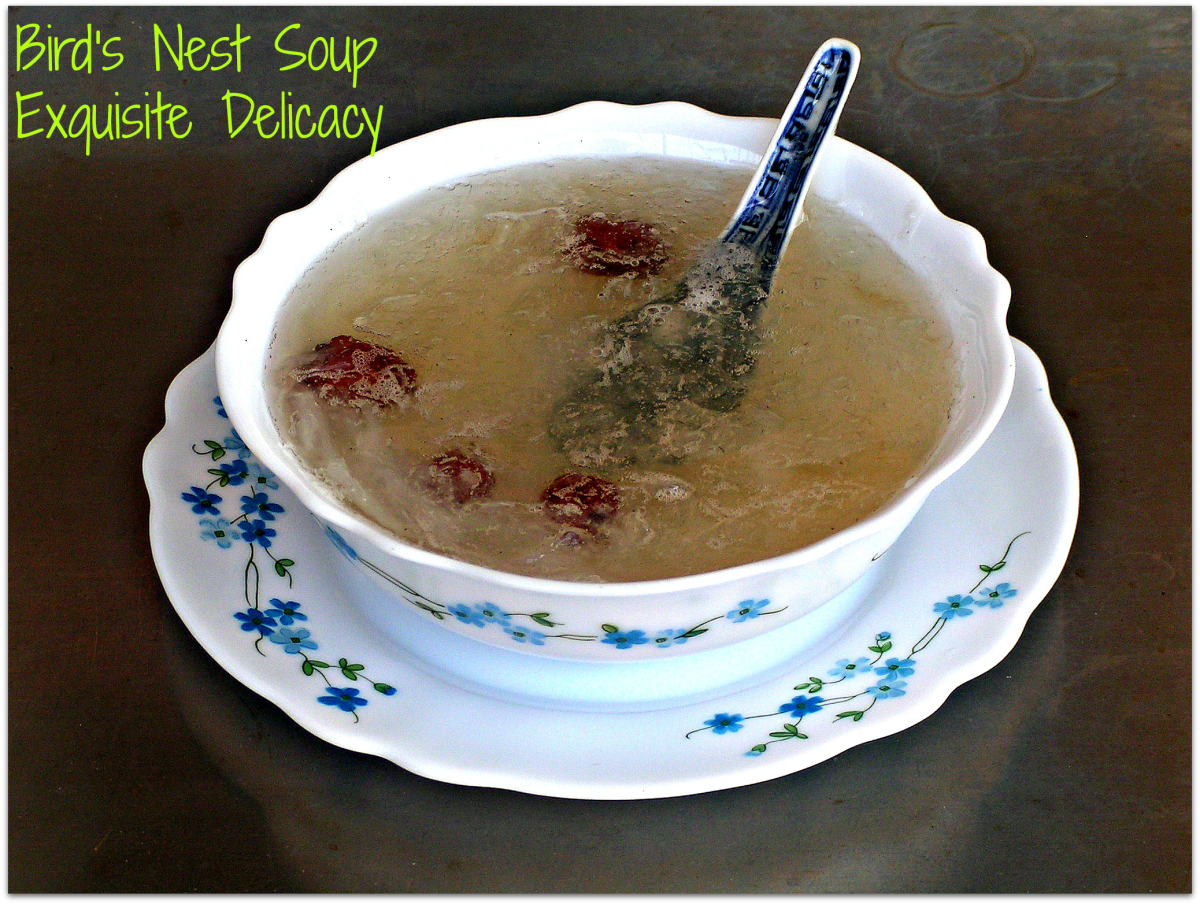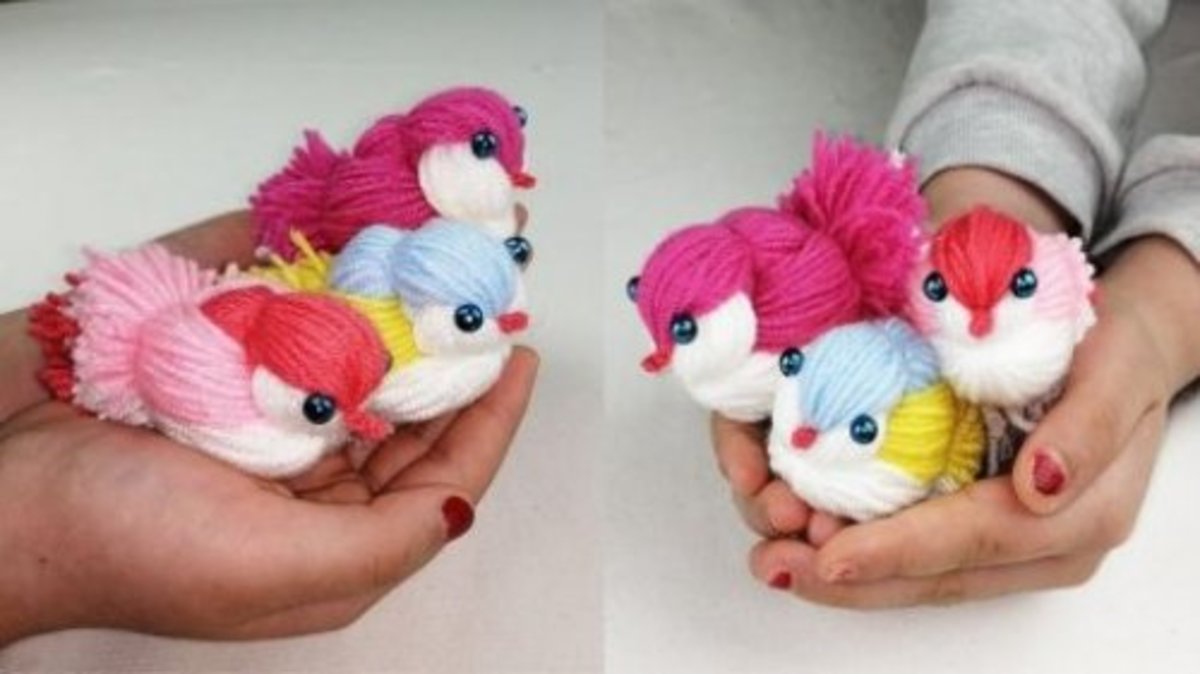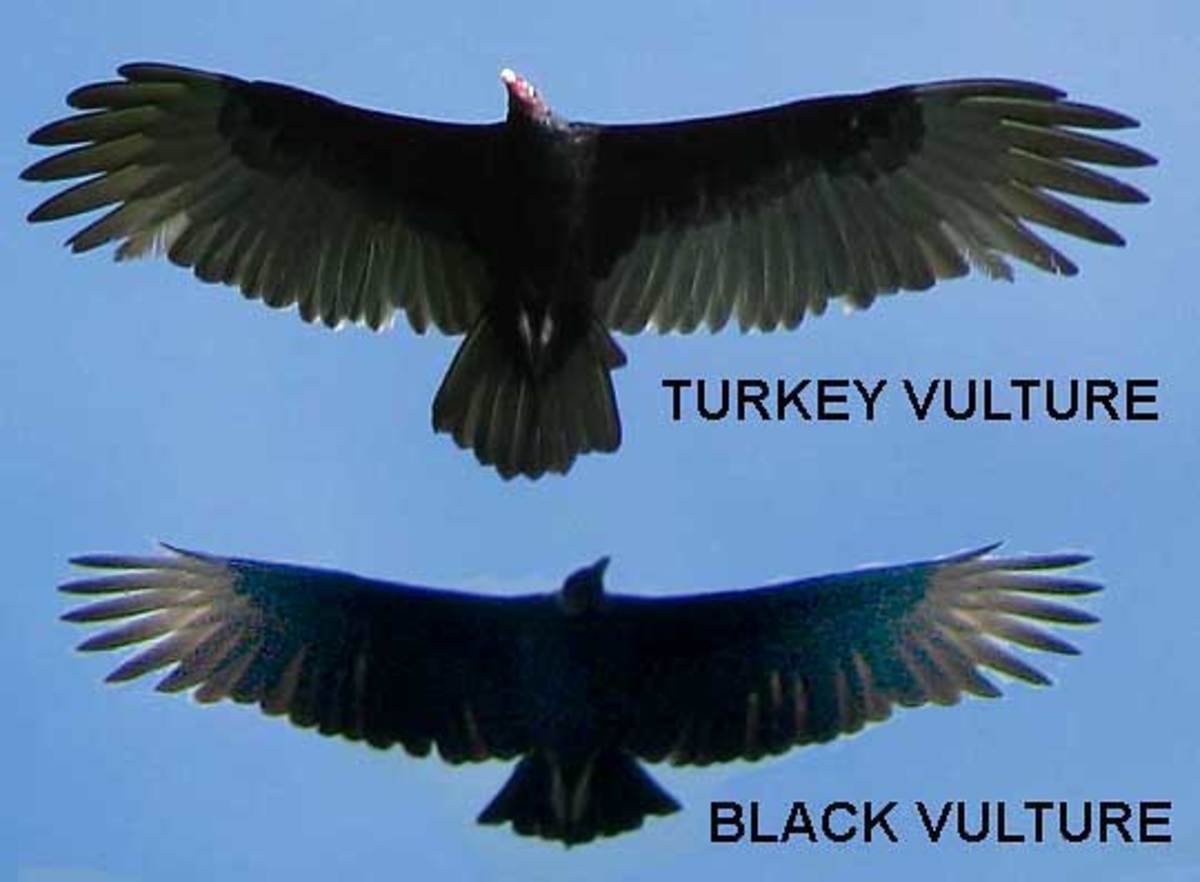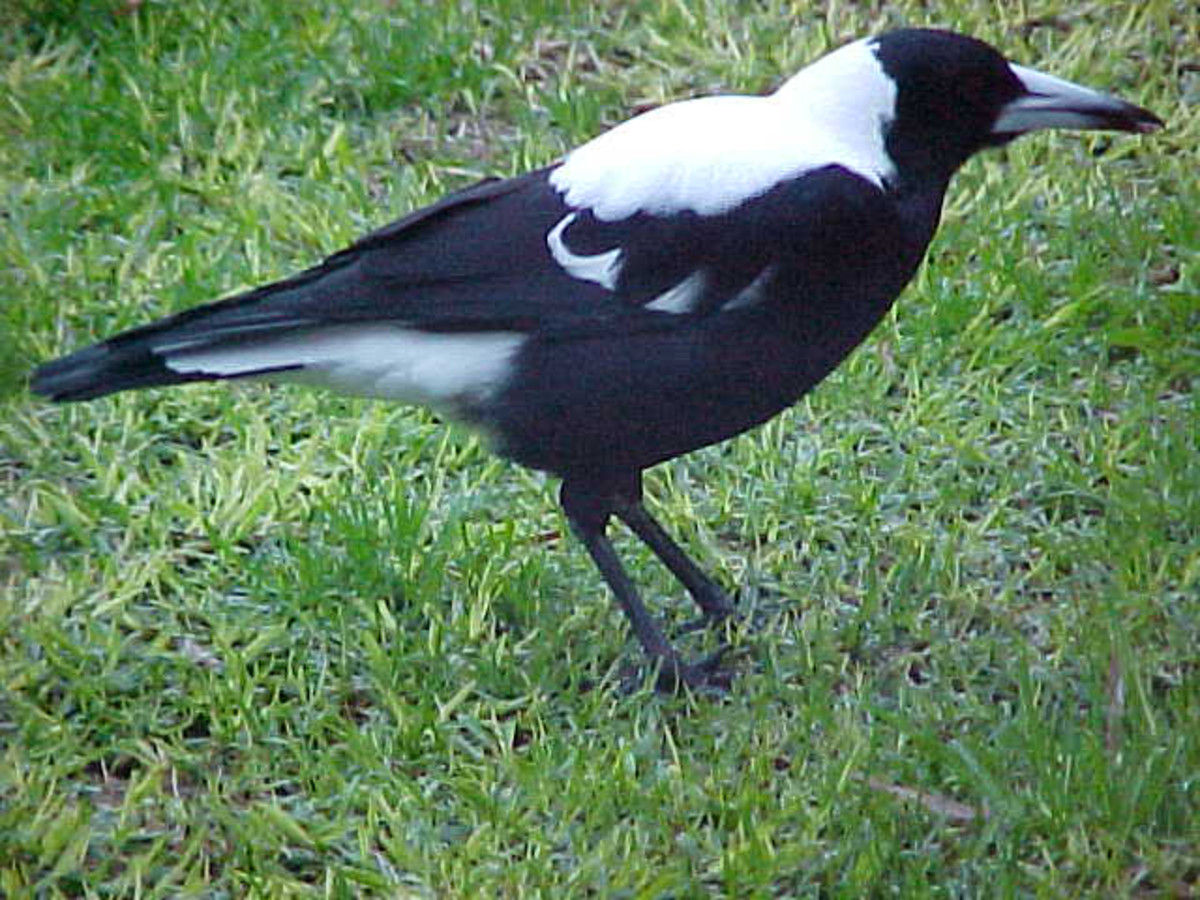The Architecture of the Birds
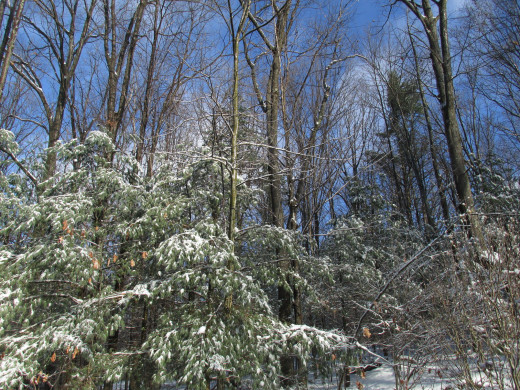
Leafless Trees Against Blue Winter Sky
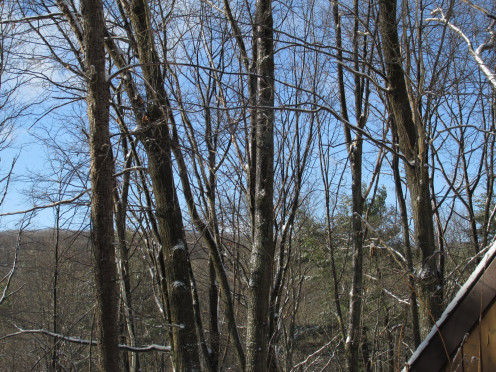
Braving the Cold Weather
The sun was shining with such a promise of warmth that I was compelled to brave the frigid temperatures. I donned a number of layers of clothing, and with camera in hand ventured out into the winter day. I had to shield my eyes from the brightness of the low-hanging sun, but remembered to thank the powers that be for its presence on this cold day.
The tall trees were talking loudly with the gusty wind as it swirled around them. They popped and groaned, obviously angry about the persistent wind forcing their stiffly frozen fibers to move. They had earned their rest, after all. Spring, summer and autumn are stressful times for the trees. Holding the weight of all the leaves, sending out longer roots to maintain their stature, searching for water in dry times and struggling against the instability of the sodden ground in soaking rains, all require enormous strength and agility. Yes, they had definitely earned their rest. I understood their protests.
Squirrel's Nest
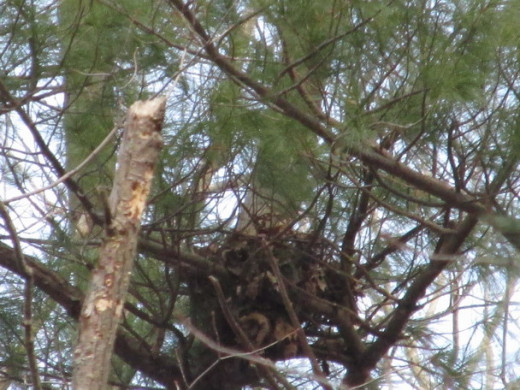
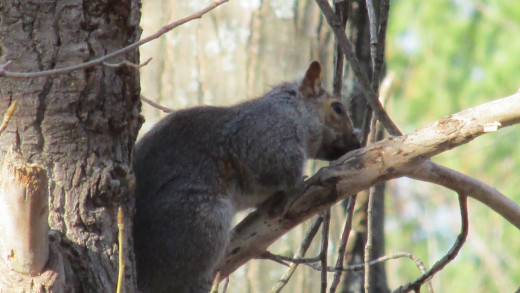
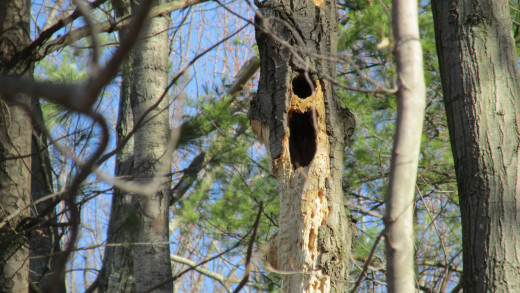
Squirrel Platform Repurposed
Glancing upward, I noticed a rather large nest balanced on a tree branch, and I could see that it was a mixture of good-sized twigs and dry leaves gleaned from the millions that had fallen to earth during the autumn. A flicker of memory played across my brain, and a humorous image made me smile; an image of the bushy-tailed rodents that love these woods as much as I do. I remembered the squirrels working in fast motion, comically imitating a mechanical ‘pay loader’ as they secured large batches of dry leaves and twigs in their mouths; then scampering up tree trunks and along branches until they reached their autumn nesting platforms, quickly depositing their loads of leaves, nudging them into place, and then rushing back down the tree for more.
But as winter approaches, they head ‘indoors’ for the security and warmth of a tree cavity, abandoning their lofty nesting platform. There they can huddle together and sleep away the coldest days, emerging only for a quick snack under the bird feeders when hunger or above-freezing temperatures tap them on the shoulder.
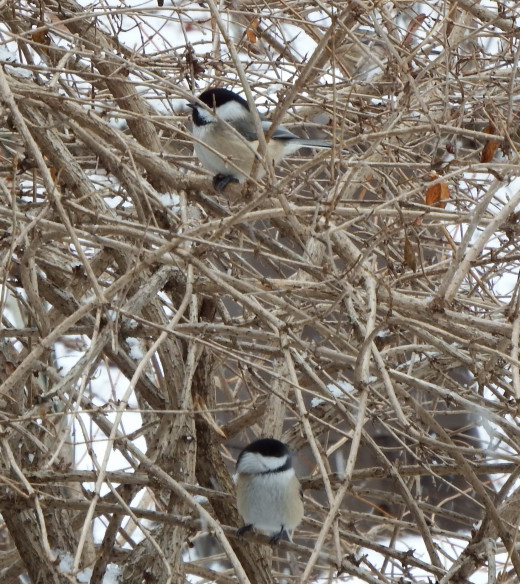
Have You Ever Watched a Bird Make a Nest?
Life-Savers for Birds
Still thinking about the antics of nature’s comedians, I realized something was perched on the edge of that former squirrel abode. It was a small bird! It propelled itself gracefully downward toward the bird feeders, landing lightly on the ground beneath. A glimmer became a revelation as I realized that this little chickadee had probably been using the old nest as a place to shelter against the cold winter nights. How logical of these little feathered creatures!
Chickadees, as well as many other birds, often use nest boxes, dense evergreens, and tree cavities as they literally shiver their way through the frigid nighttime hours. It’s their way of keeping warm and surviving until they can forage all day long. Fuel they consume during the day gives them the energy to quiver, shiver and shudder until dawn. Many times on the warmest days of summer I have wished I were a bird, able to escape the suffocating heat and feel the cool breezes on high. However, with benefits there are always drawbacks. Such it is in the wintertime, when I am most grateful not to be a bird after all!
To think that old nests continue to serve such a useful purpose beyond the warmer months as life-saving shelters for birds like the chickadees! A deep appreciation of those old ‘abandoned’ nests settles over me, as I recognize yet another piece of Mother Nature’s ultimate recycling plan.
Variety of Bird Nests
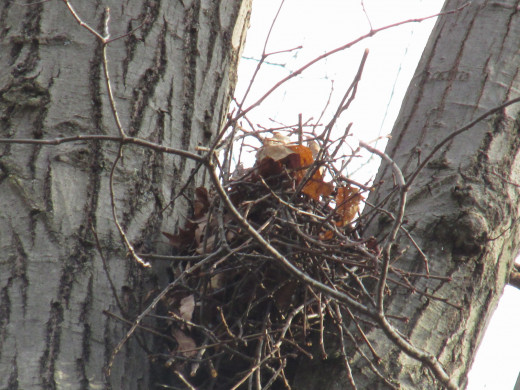
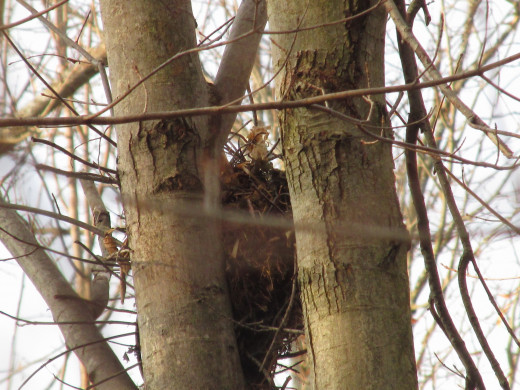
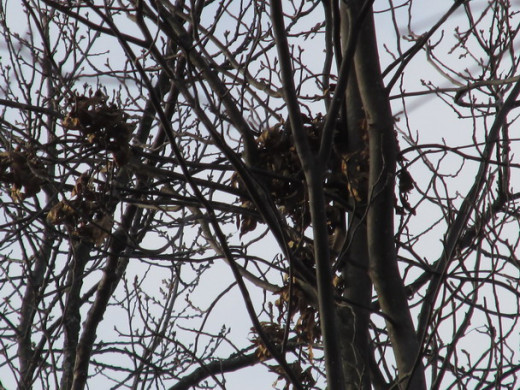
Nests in My Backyard
The cold wind pulled me out of my reverie, and I managed to capture images of a number of nests in the trees that surround our house.
As my fingers began to feel the numbing chill, I reluctantly returned to the warmth of my own ‘nest’; again thankful not to be an overwintering bird!
To identify a certain nest as belonging to a particular bird can be very difficult, without actually seeing the owners. But there are those that are distinctive either with the materials used, their shape, or their location.
There are as many differing bird buildings as there are bird species, so I offer but a sampling of the wide variety designed by our feathered wonders.
By the way, did you know that you can offer nesting materials in the spring? Many birds will look for pieces of cotton yarn, bits of wool, mats of moss, piles of small twigs, and short lengths of raveled rope, among other materials. You can add these to a platform, suet cage or nesting ball, which can be located under a porch or overhang on your house.
Nesting Materials To Offer Wild Birds
Clean Animal Fur
| ||
|---|---|---|
Lengths of Cotton Yarn 4" to 6" long
| ||
Frayed Rope 6" Long
| ||
Laundered Cotton Mop Head
| ||
Feathers
| ||
Twigs
| ||
Straw
| ||
Moss
| ||
Dry Leaves
|
American Goldfinches
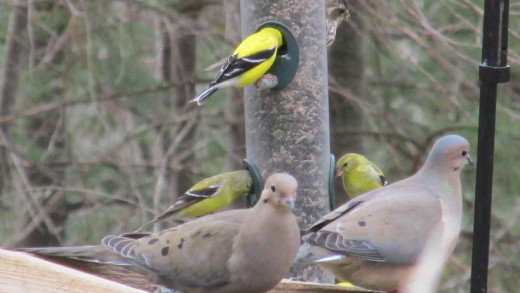
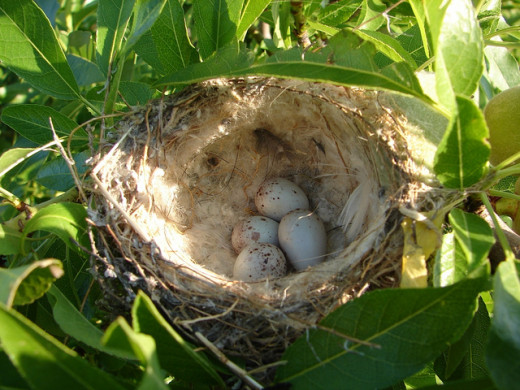
Some Elite Nest Builders
Frank Lloyd Wright had nothing on the elite nest builders of the bird world! Those little bits of sunshine called American Goldfinches are so technically proficient that their shrub-oriented nests could actually hold water. The secret is in the sheer number of tightly woven plant fibers used, thus making for a densely watertight design. Location then is paramount in order to keep eggs or hatchlings from drowning during heavy rains. Goldfinches are one of the last birds to begin their families because they time hatching to the production of late summer seed heads. They are one of the only birds I know that feed their young seeds exclusively.
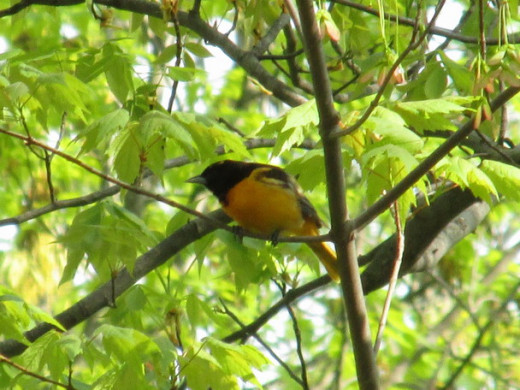
Oriole Building Nest from JudyJuneBug3
Baltimore (Northern) Oriole Nest
Another most distinctive nest builder of the Americas is the oriole. Baltimore orioles are adept at making a flexible but strong home for their future brood. When I was growing up, every late spring a pair of orioles built their nest on the outermost branch of an elm tree directly across the dirt road from our house. I still feel the cool concrete of our front step as I sat and watched that structure emerge.
Construction began from the outside inward with lengths of flexible twigs, rootlets and tough blades of grass to form a woven base. Materials for nests were abundant in the wild flower field/cow pasture beyond the elm tree. There was no shortage of fire flies and June bugs, grasshoppers and butterflies either. The area was rife with treasures for curious kids and hungry nest-building birds alike!
Through the outer shell the orioles artfully interlaced string, bark and plant materials, allowing the woven pouch to expand as the babies grew. Plant down and fluff gleaned from the previous year’s thistles became the lining for their natural cradle. I remember it took almost two weeks to complete the building process; if it rained, it took even longer.
I always wondered how those birds knew the strength of their creation. Why were they so sure of the ultimate result? Had they done this in practice? Did they inherit the ability and sensibilities necessary? Could it be that during the process, they were actually testing each stage for strength and adaptability to blowing winds and soaking rains?
Barn Owl Nest
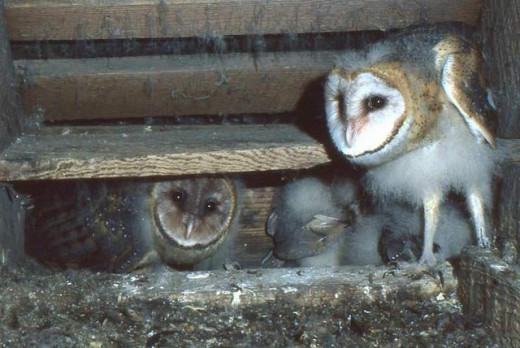
Minimalist Not-So-Elite Nest Builder
Perhaps the antithesis of the orioles’ building prowess could be described as the minimalist approach of the Barn Owl. Just a bare wooden floor is all that usually cradles their eggs. As the hatchlings are fed by the parents, leftovers from rodents and other goodies gradually build up underfoot. But the owlets don’t seem to mind the mess! Man-made barn owl nest boxes might include wood shavings as a cushioning for the eggs, and later as a filter for the inevitable untidiness.
Different Kinds of Robin's Nests
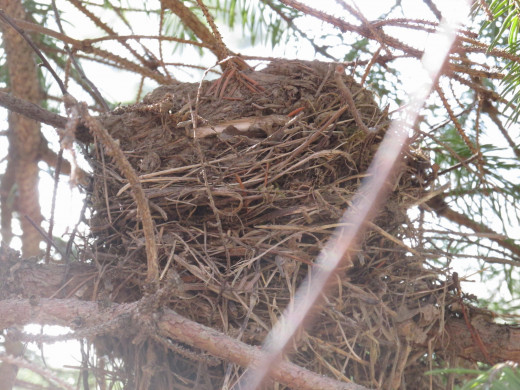
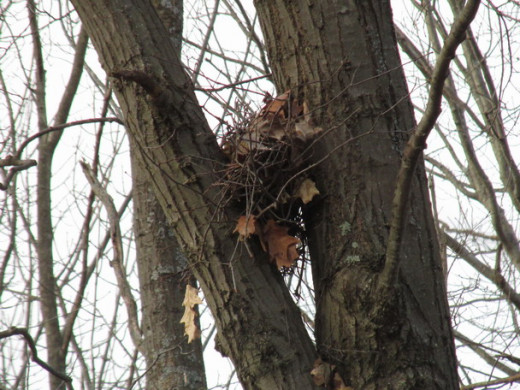
American Robins Are Opportunistic Nest Builders
American Robins, being opportunistic, are not particular as to nest location. Last spring I came upon a cozy and secure mud-and-grass creation carefully placed in the shelter of a blue spruce tree. In another part of the yard, I watched a mother robin shield her brood through drenching rains and frigid early spring snowstorms with nothing over her head but the sky and the unrelenting weather. She had built her rather haphazard twig shell in the fork of a tree. Some frightfully powerful windstorms came through our area, and mother robin remained with her nest as the tree swayed aggressively for two days and nights. She may not have been a master builder, but her fabrication served its purpose well. It’s obvious, too, that her sense of responsibility to her little ones was very strong.
More Varieties of Bird Homes
Northern Cardinals choose tangled vines or thorny bushes as their ultimate nesting sites. Very few predators, if any, are willing or even able to maneuver through sharp rose bushes or dense grape vines to raid their nests of dead leaves lined with paper.
The shell of the Tree Swallow is perfected as the female uses her body to shape it. She then lines it with other birds’ feathers, tirelessly gathered by her mate.
Mixed grasses and tiny roots combined by the industrious House Finch make for a comfy home, especially since it is lined with thread or wool found in the environment. Recycling is not lost on the birds!
Tiny hummingbirds make a minuscule cup by using fine grass, and then cover the outside with moss and lichens as camouflage. Baby hummers nestle into a soft lining of spider silk gathered by both the mama and papa.




Chickadee Gathering Nesting Material from Grandma Pearl
Chickadee Gathering Nest Material
One of my favorite birds is the friendly Black-Capped Chickadee. They are first to explore new bird feeders or bird baths, and will readily accept a man-made nest box as their home. In my abbreviated video, I managed to record a chickadee separating a tuft of animal fur to be used as the finishing touch for her nest. A depleted battery sadly cut the video short, but you get the idea!
Part of Mother Nature's Plan
It seems that no matter how well they are constructed, no matter what the materials or the location, nests are valuable pieces of Mother Nature’s plan. It’s an elegant and thrifty plan where nothing is wasted. After all, she was recycling long before it became a buzz word! The next time you are out and about among leafless trees, look up and marvel at the variety and volume of clever avian architecture.
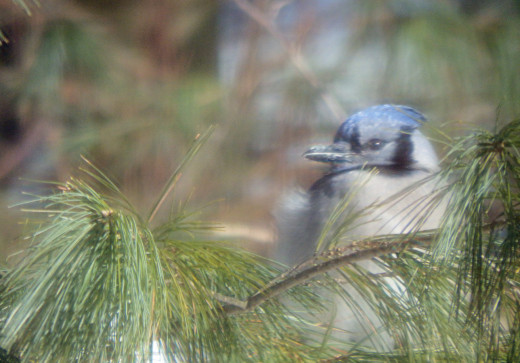

'You can create yard and garden habitats that Help Birds Survive and Thrive'
Read more by visiting grandmapearl.hubpages.com; and
Join me at GrandmaPearlsBackporch to discover more about wildlife in general, and birds in particular.

